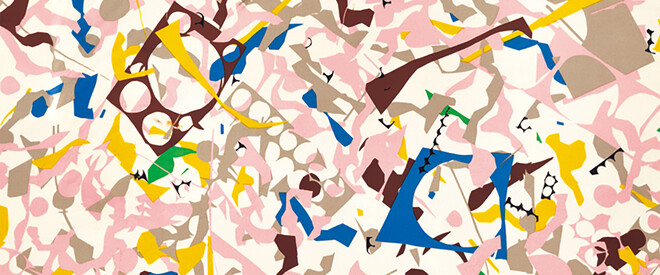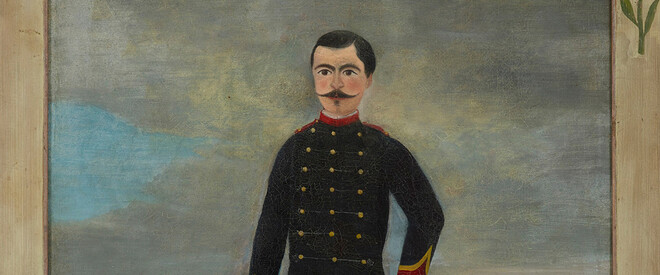Little Known Aspects of Taro Okamoto: The Prolific Years in Setagaya
In 1946, Okamoto (1911-1996) was discharged from the army and returned to Japan from the war zone. He set up a studio in Kaminoge in Setagaya and began painting once again. During the period of postwar recovery, he founded the Yoru no Kai (Evening Society) with Kiyoteru Hanada and others, advocating new forms of art and discussing a synthesis of the arts with writers. Okamoto announced his own theory of art, Polarism." At the same time, he was producing truly original paintings. This exhibition spotlights the seven and a half years that Okamoto spent in Setagaya before he moved his studio to Aoyama. It includes 20 major paintings by Okamoto and a large number of other artworks and documentation connected with other artists and writers working in the same period. It examines the remarkable cultural energy of the postwar era in Japan. "

